Fantasia Sonata in D Major for piano solo - Ludwig van Beethoven (Unv 12 / deest 45) - Reconstructio
 Instant Download
Instant Download
Details
Description
SKU: A0.933520
Composed by Ludwig van Beethoven, Cees Nieuwenhuizen. Classical. Score. 48 pages. Upstream Music #482215. Published by Upstream Music (A0.933520).There are many more unfinished than completed compositions of Beethoven that have been preserved. ln these fragments one sees ideas for individual works. A large number of sketchbooks and sketches from the composer were preserved and are housed in libraries and private collections all over the globe. Some sketches are no more than brief experiments or short elaborated ideas, but there are also fragments preserved that nearly give us a complete picture of a composition. In the so-called Kafka sketchbook, which was published in 1970 in London, approximately 500 fragments of manuscripts were bundled that stem from 1786 - 1799. The Fantasia Sonata in D (deest 45) for piano forte in three parts, was hidden in the archives since 1792. This sonata of the young Beethoven, with striking similarities to the Moonlight sonata and the Pastorale has never been performed on stage. Young pianotalent Martin Oei played it for the first time in the Concertgebouw Amsterdam, October 21st, 2012. The large, over 1100 bars comprising torso now known as Fantasia Sonata in D from 1792, cannot be called a sketch anymore, although Beethoven has not completed the work and used many ideas in other, later works. The reconstruction of the sketches was done by the Dutch Beethoven musicologist and composer Cees Nieuwenhuizen. The piece was probably written in Bonn, three years before he started to write his first official piano sonata of a series of 32 sonatas. In November 1792 Beethoven went from Bonn to Vienna to study with the famous composer Joseph Haydn (1732–1809). Beethoven rapidly proceeded to make his mark as a brilliant keyboard performer and as a gifted young composer with a number of works to his credit. In 1795 his first mature published works appeared, and his career was officially launched. Striking harmonies The re-using of previously drafted material is quite common in Beethoven's works. Apparently the material wasn't yet ripe enough at the time of its origination, or perhaps Beethoven changed his mind with regards to the new composition. This could very well be so regarding the torso from Kafka’s sketchbook that we now call the Piano Fantasia sonata in D. This piece contains 1100 bars of music, not taking into account the alternative bars. The piece is composed by Beethoven in 1792 - 1793 and was set up as a tripartite sonata in D with remarkable abnormalities in terms of form and content. There are striking harmonies that cannot be found in other works composed in that same period. It’s possible that the composer didn’t have the courage to publish it or that indeed the time was not yet ripe for it. Finally the composer let the draft go and never came back to it. Or did he? Thematic similarities We find phrases in several later works that share similarities with ideas and themes from Fantasia sonata in D. The first part of Fantasia sonata has the same theme as the trio of the third movement of Symphony no. 7 (in A Major Opus 92). Even the key and also the rhythm in 3/4 time are the same. This cannot be a coincidence. Similar mood and thematic parallels can be found in the Pastorale, the Sonata for piano no. 15 (Opus 28): it is striking that this piece is also composed in D and in 3/4 time. We find similar dramatic expression in the Sonata for piano no. I 7 in d minor Opus 31 no. 2. The second movement of the Fantasia sonata nearly has the same theme as the second movement of the Sonata for piano no. 23 in minor (the Appassionato Opus 57). Martin Oei, Daiel Wayenberg, Cees Nieuwenhuizen at The World Premiere in The Concertgebouw Beethoven begins the third movement of the Fantasia sonata with the main theme of the first movement, but now in e minor. lts appearance in minor is an entirely new idea. Nevertheless Beethoven doesn't elaborate the idea any further because it disappears after 29 bars. Now a new agitated theme starts in d minor, which was announced in the first movement, but now reappears in its complete.
This product was created by a member of ArrangeMe, Hal Leonard’s global self-publishing community of independent composers, arrangers, and songwriters. ArrangeMe allows for the publication of unique arrangements of both popular titles and original compositions from a wide variety of voices and backgrounds.
Digital Downloads are downloadable sheet music files that can be viewed directly on your computer, tablet or mobile device. Once you download your digital sheet music, you can view and print it at home, school, or anywhere you want to make music, and you don’t have to be connected to the internet. Just purchase, download and play!
PLEASE NOTE: Your Digital Download will have a watermark at the bottom of each page that will include your name, purchase date and number of copies purchased. You are only authorized to print the number of copies that you have purchased. You may not digitally distribute or print more copies than purchased for use (i.e., you may not print or digitally distribute individual copies to friends or students).
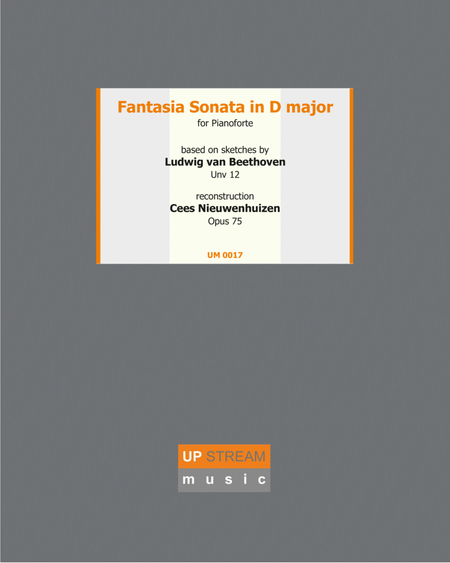
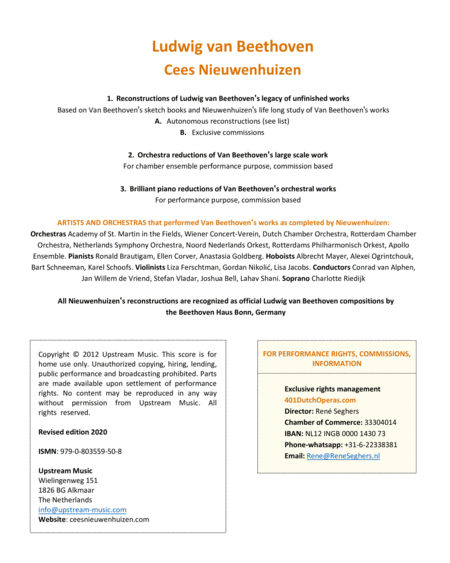
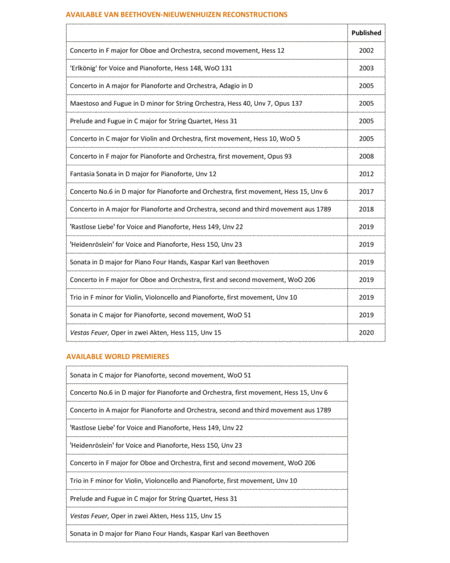

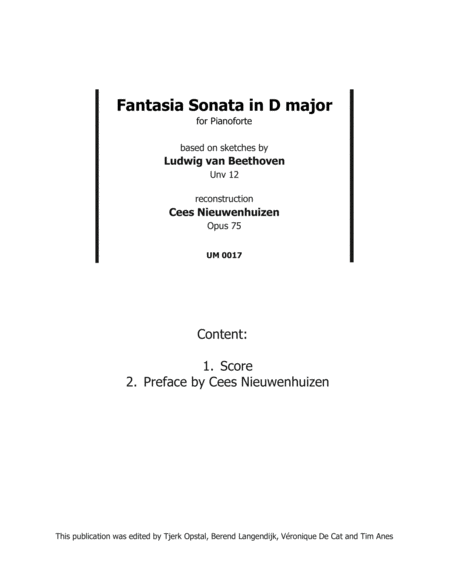
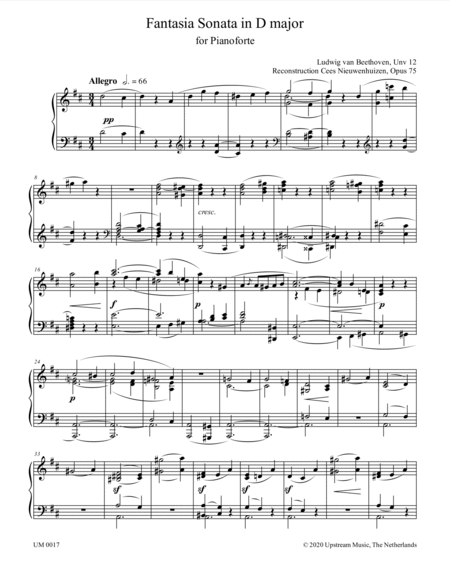
 Share
Share